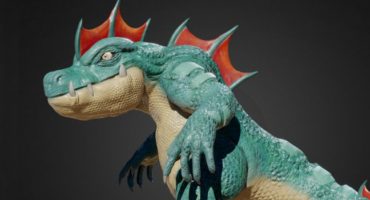Introduction
I am Inocencio Mariano Esteves, they call me INO as my nickname. I live in a small village with my parents and brothers very near to Malayan Colleges Laguna in Cabuyao City, Philippines where I work in Digital Arts and Design. My alma mater (school that I came from) offered me a job after graduation because I was the only one qualified for the position at the time there was an opening. It was my first job, at the age of 17 years old. Then 2 years later, when I was 19 years old, I also became a College Professor, teaching Motion Graphics and Graphic Design at the same school.
Interest
My interest in 3D started when I was in high school having fun watching 3D tutorials on Youtube channels during the summer. When college started, I was enrolled in Digital Art and Design, and I seriously started the applications in my classes. In addition to my knowledge, a formal training from my school taught me to develop my interest and urged me to expand my talent in 3D because I am an avid fan of 3D film projects. From there, I am looking forward to being involved in a big project wherein I can apply all that I’ve learned from both formal training in school and from watching documentary films on Youtube channels.
About Robot Cartoon Collection
The inspiration behind the model came from the 2D cartoon robots with simply shaped bodies and minimalist designs. All of my 3D models are similar in all aspects: they are 2D images but with 3D depth. I was fascinated with cel shading, simple models, and attracted to using this as my main art form. My main concept of this project is to make 3D models that are readily used by any people from all walks of life with interests in film and game projects.
Tools
The platform that I used for 3D modeling, animation, and texturing is Cinema 4D. For me the UI experience is simple and easy to navigate. I used Photoshop as a guide for the color so I can choose the exact color of my model. For example, you can input the RGB value into Cinema 4d materials.
Modeling
I started with primitive shapes (e.g. cube, sphere, capsule, and cylinder) as the base or body of the robot. For the detailed part, I used the splines as legs, arms, and faces.
Texturing
As a graphic designer, I used my background in color theory for the texturing to apply the color combination.
At the end, I grouped the robot characters together and combined all of the meshes and uploaded the model using Sketchfab Exporter.
Once the model was uploaded, I used the shadeless setting on the Sketchfab 3D Settings. Using the plugin is very useful for quick, easy and simple application.










